Understanding How Adverse Childhood Experiences Affect Teens’ Futures
By Susan Richardson, February 26 2015
Have you heard of adverse childhood experiences? Known as simply “ACEs,” this approach is rapidly gaining attention among the medical community and public health professionals alike. The issue is spanning boundaries and becoming increasingly pressing as studies unfold that early adversity—ACEs and toxic stress—dramatically impacts health outcomes.
A recently released TEDMED talk from Pediatrician Nadine Burke Harris explores this issue deeply. Her interest in ACEs began with a study led by Kaiser Permanente and the Centers for Disease Control and Prevention, which evaluated more than 17,000 adult patients. The study appointed each adult an ACEs score—a number that documented how many adverse childhood experiences each person had, such as abuse, neglect, exposure to domestic violence, and parents who were divorced, mentally ill or incarcerated.
The results were striking. The study found that the higher the ACEs score, the more likely adults suffered from dire health outcomes. Specifically:
- Those who’ve experienced high levels of trauma are at triple the risk for heart disease and lung cancer.
- Those with four or more adverse childhood experiences are four times more likely to become depressed, and
- Twelve times more likely to attempt suicide.
Even more, the study revealed that these health outcomes aren’t just a result of high risk behavior, such as alcohol and drug use, that are spurred by toxic stress. These health outcomes result directly from toxic stress. Burke Harris explains that when a young person is exposed to ACEs, his or her stress system is activated over and over, wearing down the system and affecting brain structure and function. Children are particularly sensitive to the impacts of stress activation since they are still developing, and high doses of adversity can also affect developing hormonal systems, immune systems, and the way DNA is read and transcribed.
To tackle this issue, Burke Harris opened the Center for Youth Wellness in California, where her focus is to prevent, screen and treat children with high ACEs scores. The approach is interdisciplinary—a collaboration across health professionals, families and treatment providers—something that we echo here at Reclaiming Futures.
While our focus at Reclaiming Futures is providing substance use and mental health treatment to teens, and mitigating involvement in the juvenile justice system, it’s valuable to understand how ACEs may impact these teens that we work with daily. It’s our approach—the intersection of treatment, family and mentor involvement, and community reintegration—that has the potential to identify those teens who have high ACEs scores, and identify solutions for getting them back on track to bright futures.
Watch Burke Harris’ full TEDMED talk below to hear more on the ACEs impact on futures:

 A
A 
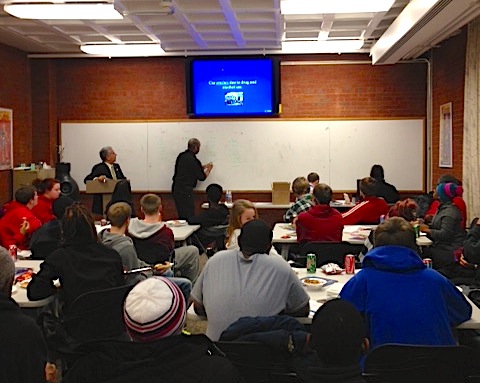


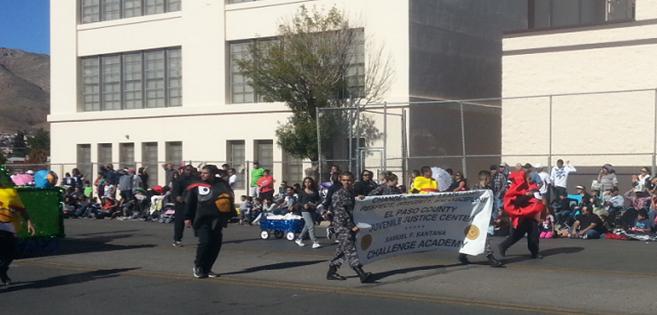
 .
.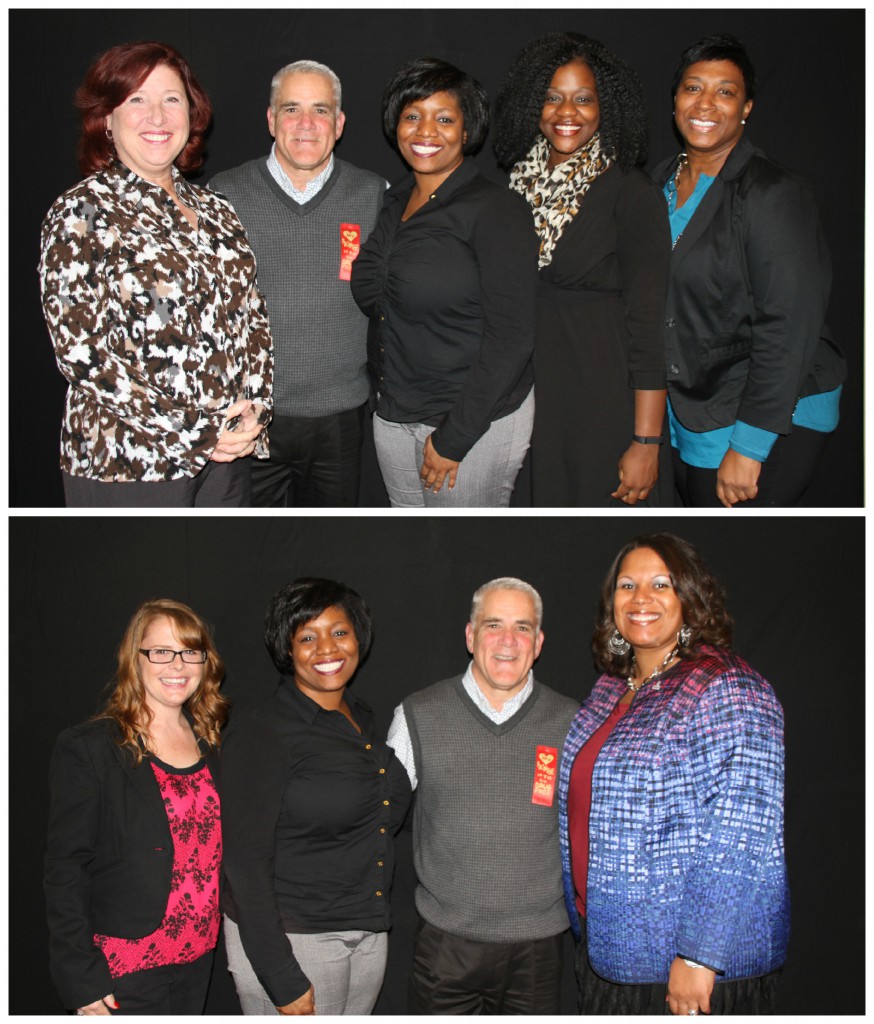
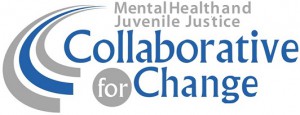 teens who have been involved in the juvenile justice system. This week and next, the
teens who have been involved in the juvenile justice system. This week and next, the 
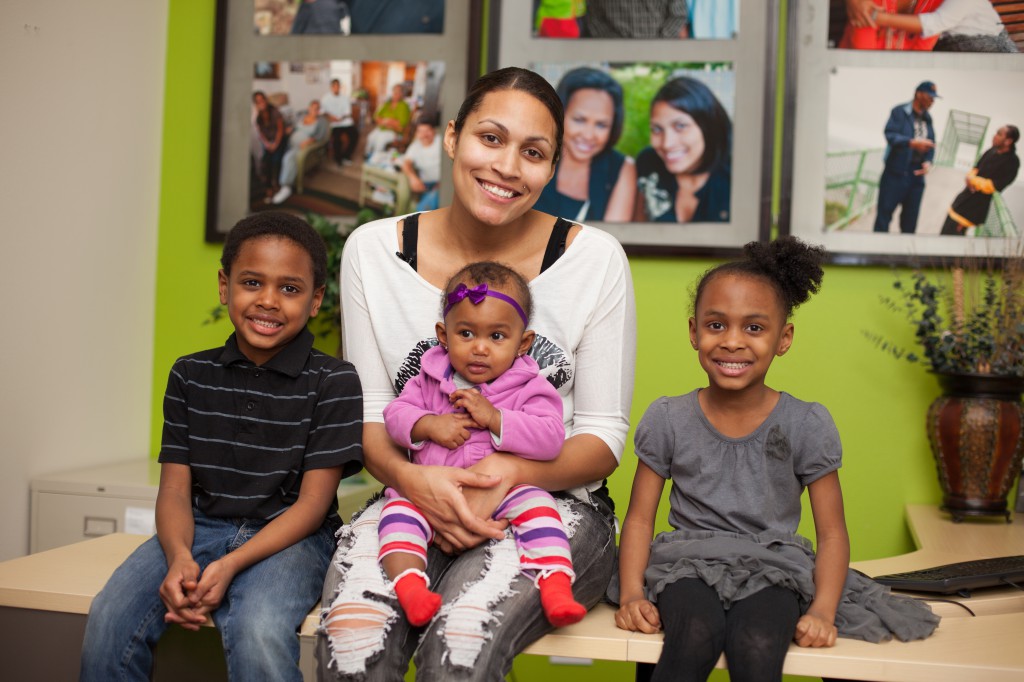
 “Nearly two-thirds of adolescents who have had a major depressive episode don't get treatment, according to the Substance Abuse and Mental Health Services Administration.”
“Nearly two-thirds of adolescents who have had a major depressive episode don't get treatment, according to the Substance Abuse and Mental Health Services Administration.” In a report by the
In a report by the  Washburn University basketball coach Bob Chipman and five members of the Ichabod team gave some pointers on the game of basketball, and a few on the game of life, to residents of the Kansas Juvenile Correctional Complex (KJCC) last week.
Washburn University basketball coach Bob Chipman and five members of the Ichabod team gave some pointers on the game of basketball, and a few on the game of life, to residents of the Kansas Juvenile Correctional Complex (KJCC) last week. We all want schools to have a culture of high achievement. A place where students are challenged; where they have the freedom to think creatively, where they are pushed by their teachers; where they are more than test scores; and where they go on to exceed all of their hopes and dreams and our hopes and dreams for them. Education reformers spend countless hours and dollars to create high performing schools. But we don’t seem to take into account what research has shown us: that positive school climate is
We all want schools to have a culture of high achievement. A place where students are challenged; where they have the freedom to think creatively, where they are pushed by their teachers; where they are more than test scores; and where they go on to exceed all of their hopes and dreams and our hopes and dreams for them. Education reformers spend countless hours and dollars to create high performing schools. But we don’t seem to take into account what research has shown us: that positive school climate is  The
The  I was recently sent a link to
I was recently sent a link to  Juvenile Justice Reform
Juvenile Justice Reform